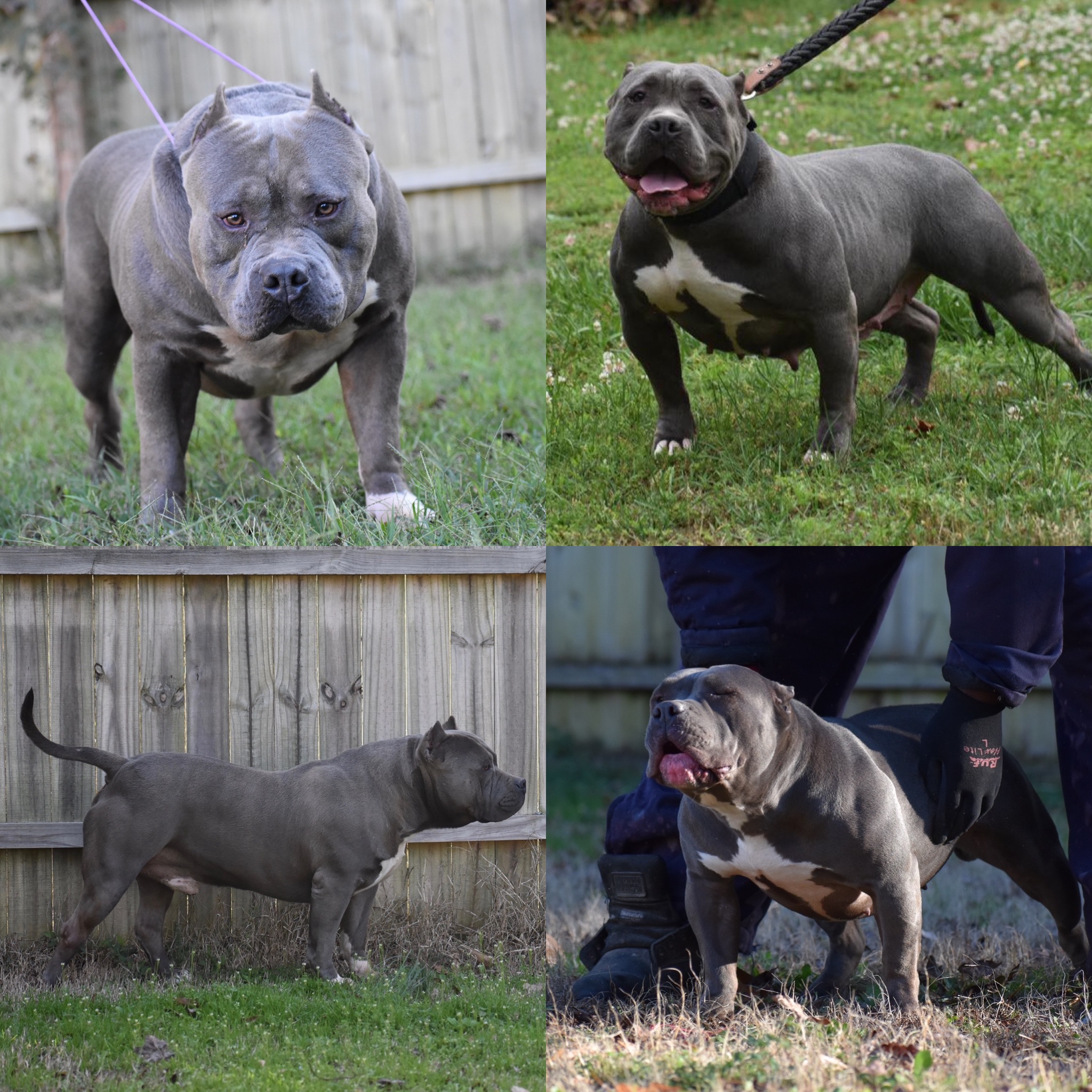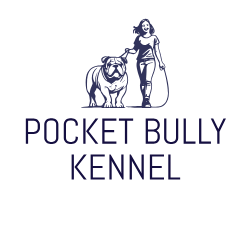
General Information
EPIGENETICS – THE SCIENCE OF HOW NUTRITION IMPACTS GENE EXPRESSION WITHOUT CHANGING THE ACTUAL GENETIC CODE.
Hello there, Bully aficionados! Let’s speak about how important nutrition is for keeping our American Bulldogs in top shape. Now, let’s be clear: nutrition can not erase your Bully’s genetic blueprint, but it can significantly improve their health and well-being!
Enter epigenetics, the study of how nutrition influences gene expression without altering the genetic code. Consider this: we are not changing the script, but we are obviously impacting how it is performed!
Here’s how nutrition can use its epigenetic muscle on our Bully buddies:
Gene Expression: Certain nutrients, such as omega-3 fatty acids found in high-quality fish oil, can increase or decrease the activity of specific genes. Consider it as fine-tuning your Bully’s inner workings For optimal performance.
Methylation and Acetylation: Have you heard of these fancy terms? They’re all about adjusting gene activity, and nutrients like folate and B-vitamins work behind the scenes to make it happen. Consider them directors, ensuring that the genes strike their targets precisely!
Antioxidants: Our Bully buddies require a defensive squad against oxidative stress, which is where vitamins C and E come in. They keep our Bully’s DNA in good shape by fighting off those pesky free radicals.
Nutrition is especially important throughout critical growth periods. We are discussing gestation and the lovely puppy months. Nutritional shortages during these times may throw a wrench in the genetic gears, causing long-term health issues.
Long-term Health: A consistent diet packed
With all the nice stuff, it’s not just about now. It is about preparing our Bullies for a lifetime of health and vitality. By addressing any genetic predispositions through diet, we give our Bullies the best chance of living a long and happy life.
Remember, each Bully is unique, therefore adjusting their dietary regimen is essential. Consult your veterinarian to create a meal that is appropriate for your Bulldog’s breed, age, size, and health state. While nutrition can work its epigenetic magic, genetics still determine your Bully’s general health and attributes.
DON’T OVER-EXERCISE YOUR AMERICAN BULLY PUPPY
Eight reasons why you should not over exercise your young American Pocket Bully puppy.
While exercise is important for a young American Pocket Bully puppy’s physical and mental well-being, it’s equally important not to overdo it. Here are some top reasons why you should not over-exercise your young American Pocket Bully puppy:
1. Growth and Development: Over-exercising a young puppy can put excessive strain on their growing bones, joints, and muscles. Their skeletal system is still developing, and too much exercise can lead to issues like skeletal abnormalities and joint problems later in life.
2. Joint Stress and Injuries: Puppies’ joints are more delicate and susceptible to injury than those of adult dogs. Excessive exercise can increase the risk of joint stress, strains, sprains, and even more severe injuries like growth plate fractures.
3. Energy Regulation: Puppies have bursts of energy, but they also need plenty of rest and sleep to support their growth and development. Over-exercising can exhaust them, leading to fatigue, increased stress levels, and potential behavioural issues.
4. Heat Exhaustion: Young puppies are more susceptible to heat exhaustion and heatstroke due to their inefficient thermoregulation. Over-exercising in hot weather can quickly lead to overheating, dehydration, and potentially life-threatening conditions.
5. Mental Stimulation: While exercise is essential, young puppies also require mental stimulation through socialization, training, and exposure to various environments. Over-emphasizing physical exercise at the expense of mental stimulation can result in a bored and frustrated puppy.
6. Training Focus: Excessive exercise can leave your puppy tired and less receptive to training sessions. It’s important to strike a balance between physical exercise and mental training to ensure your puppy remains engaged and receptive to learning.
7. Breed-Specific Considerations: American Pocket Bullies have a stocky build and are prone to certain health issues like hip dysplasia and joint problems. Over-exercising can exacerbate these breed-specific conditions, leading to chronic pain and reduced quality of life.
8. Long-Term Health: Over-exercising during the critical growth period can have long-term effects on your puppy’s overall health and well-being. It’s crucial to provide them with a balanced exercise routine to promote healthy growth and reduce the risk of future health issues.
Remember, every puppy is unique, and exercise requirements may vary. It’s best to consult with your veterinarian to determine the appropriate exercise regimen for your young American Pocket Bully puppy based on their individual needs and health considerations.
Living With:
INTRODUCING YOUR DOG TO YOUR NEW AMERICAN BULLY PUPPY
Introducing a new puppy to your home alongside an older dog can be a rewarding but delicate process. Here’s a condensed guide to ensure a smooth transition:
**1. Health Checks:**
Before introducing your new American Bully puppy, ensure both dogs are vet-checked, vaccinated, and free of parasites. Any signs of illness should be addressed promptly.
**2. Neutral Location:**
Choose a neutral meeting place, like a park, to avoid territorial behavior. This helps your older dog feel less protective.
**3. Safety Measures:**
Consider a fence meeting or use leashes with separate handlers to control the introduction. Safety first, even if both dogs seem friendly.
**4. Parallel Walking:**
Walk the dogs side-by-side, allowing them to explore each other’s scents. Reward positive behavior with praise or treats.
**5. Beware of Body Language:**
Watch for signs of aggression or fear. Intervene calmly if needed, and pay attention to your older dog’s reactions.
**6. Move to Your Home:**
After a successful meeting, repeat the steps in your yard. Gradually move inside, keeping potential triggers, like toys or food, out of sight.
**7. Controlled Playtime:**
Monitor indoor interactions closely, setting up controlled playtime to prevent overstimulation.
**8. Separate When Absent:**
Initially, separate the dogs when you’re not home using gates or separate rooms. Gradually increase unsupervised time based on their behaviour.
**9. Don’t Neglect Training:**
Give your Bully puppy the same training attention as your older dog. Establish boundaries early to create a harmonious environment.
**10. Seek Professional Help if Needed:**
If issues persist, don’t hesitate to seek professional advice from vets or pet behaviour experts for additional guidance.
Remember, every dog is unique, so be patient and observant during the introduction process. Enjoy the journey of watching your dogs build a strong and positive relationship.
